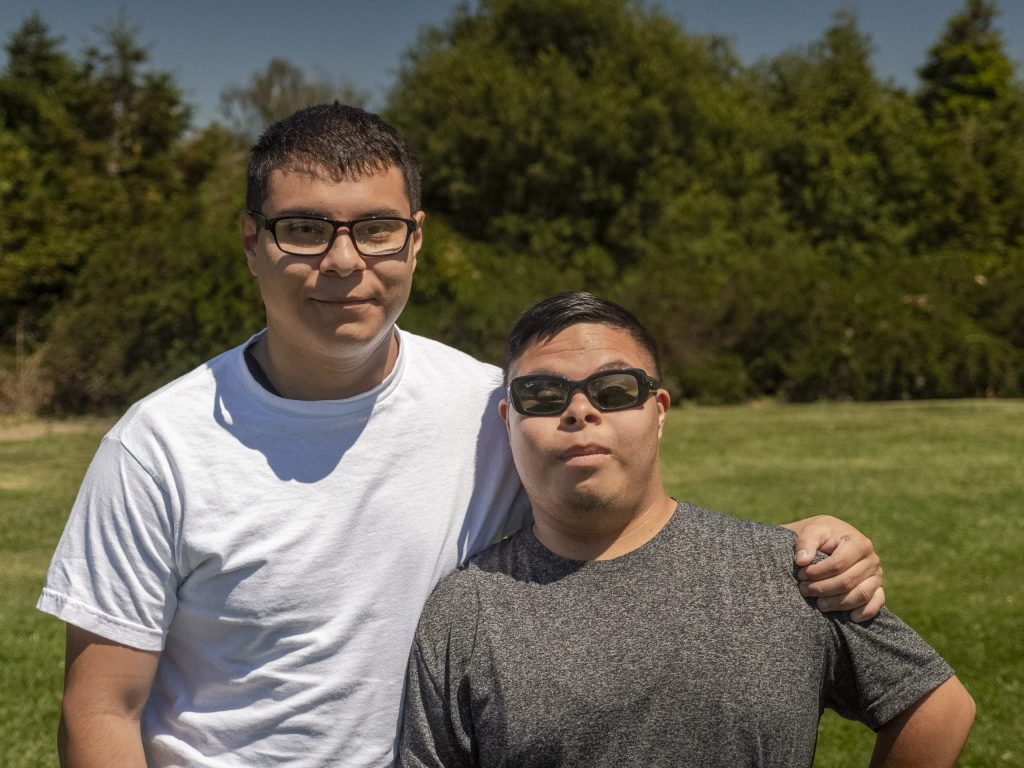How Common is Autism?
Autism statistics from the U.S. Centers for Disease Control and Prevention (CDC) identify around 1 in 68 American children as on the autism spectrum, and 1 in 42 of this stat are boys – an increase of almost 10 times the prevalence in the past 40 years. Careful research shows that this increase is only partly explained by improved diagnosis and awareness. Autism spectrum disorder affects over 3.5 million individuals in the U.S. and many more millions of people worldwide. U.S. government autism spectrum disorder statistics suggest that autism rates have increased 10 to 17 percent annually in recent years. Currently there is no official or established explanation for these continuing increases, although improved diagnosis and environmental influences are two reasons often considered factors.
Prevalence
- In 2018 the CDC determined that approximately 1 in 59 children is diagnosed with an autism spectrum disorder (ASD).
- 1 in 37 boys
- 1 in 151 girls
- Boys are four times more likely to be diagnosed with autism than girls.
- Most children were still being diagnosed after age 4, though autism can be reliably diagnosed as early as age 2.
- 31% of children with ASD have an intellectual disability (intelligence quotient [IQ] <70), 25% are in the borderline range (IQ 71–85), and 44% have IQ scores in the average to above average range (i.e., IQ >85).
- Autism affects all ethnic and socioeconomic groups.
- Minority groups tend to be diagnosed later and less often.
- Early intervention affords the best opportunity to support healthy development and deliver benefits across the lifespan.
Autism In Adulthood
- Over the next decade, an estimated 500,000 teens (50,000 each year) will enter adulthood and age out of school based autism services.
- Teens with autism receive healthcare transition services half as often as those with other special healthcare needs. Young people whose autism is coupled with associated medical problems are even less likely to receive transition support.
- Many young adults with autism do not receive any healthcare for years after they stop seeing a pediatrician.
- More than half of young adults with autism remain unemployed and unenrolled in higher education in the two years after high school. This is a lower rate than that of young adults in other disability categories, including learning disabilities, intellectual disability or speech-language impairment.
- Of the nearly 18,000 people with autism who used state-funded vocational rehabilitation programs in 2014, only 60 percent left the program with a job. Of these, 80 percent worked part-time at a median weekly rate of $160, putting them well below the poverty level.
- Nearly half of 25-year-olds with autism have never held a paying job.
- Research demonstrates that job activities that encourage independence reduce autism symptoms and increase daily living skills.
Source: Autism Speaks



